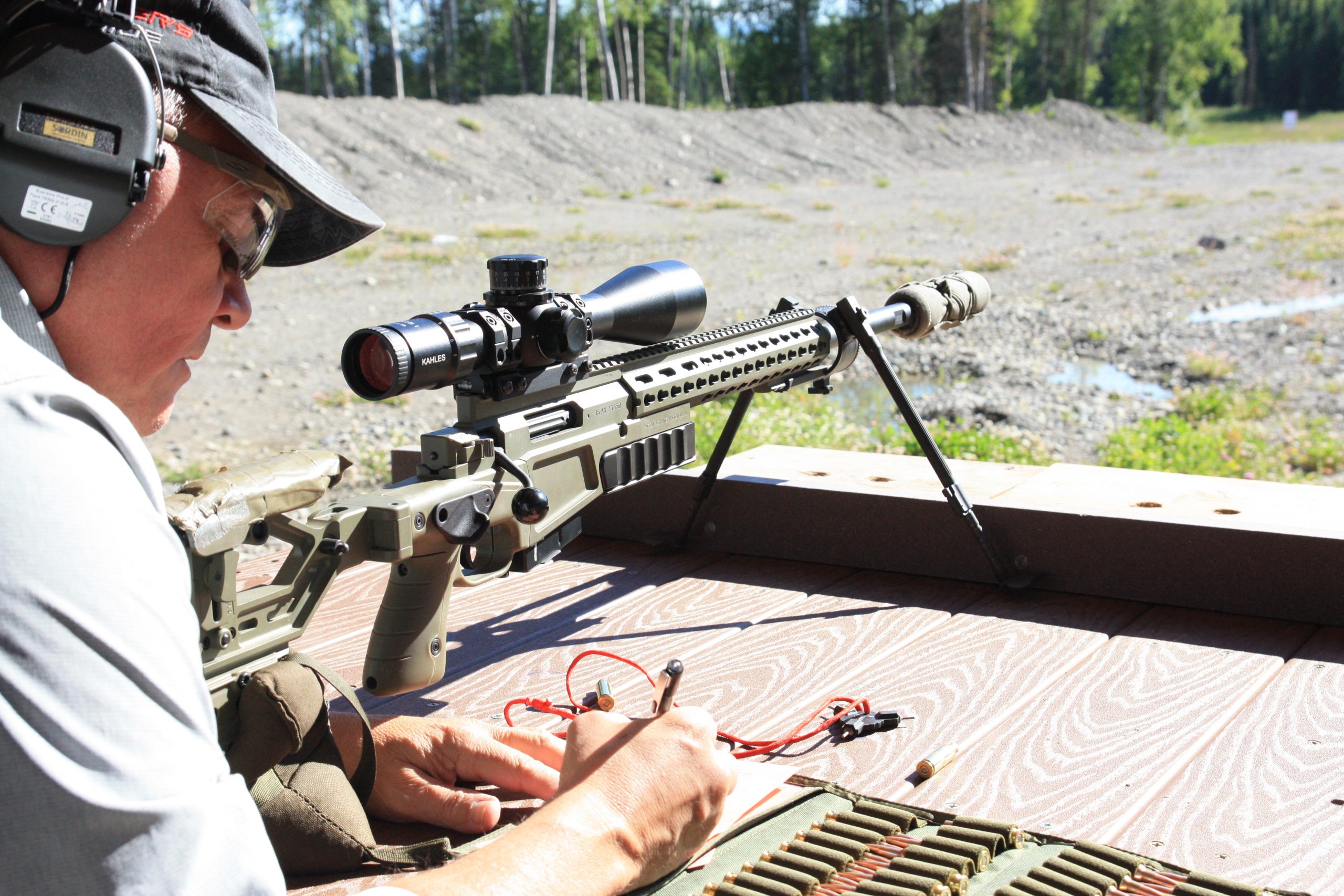What's the conventional wisdom out there regarding the BC to plug into a Kestrel? The choices I'm looking at are:
I'm just interested to know what the heavy-hitters on this forum tend to trust more, and use regularly. Which of these have you guys found to be most accurate?
- The number on the bullet box published by the manufacturer
- The number calculated by the JBM Ballistics Calculator using actual down-range velocity from my Labradar
- The number that Kestrel recommends when selecting their Custom Drag Curve during setup
- Published: .328 (G7) ... on the box
- Calculated: .315 (G7) ... using my measured velocity and the JBM Calculator
- Custom Drag Curve: It's a secret - the Kestrel says "1.0" on all Custom Drag Curves
I'm just interested to know what the heavy-hitters on this forum tend to trust more, and use regularly. Which of these have you guys found to be most accurate?


